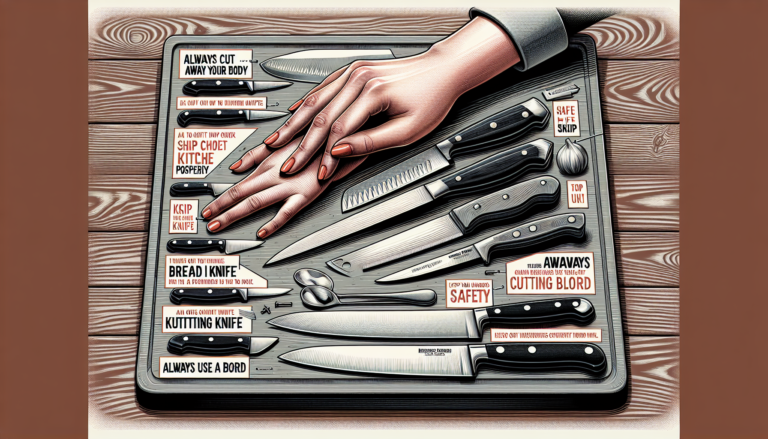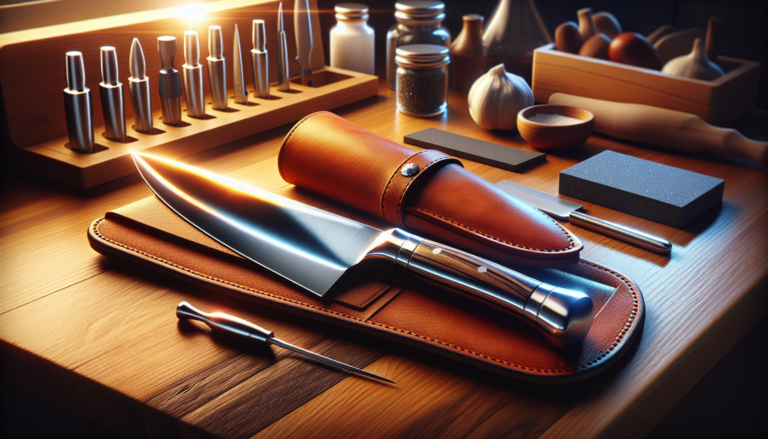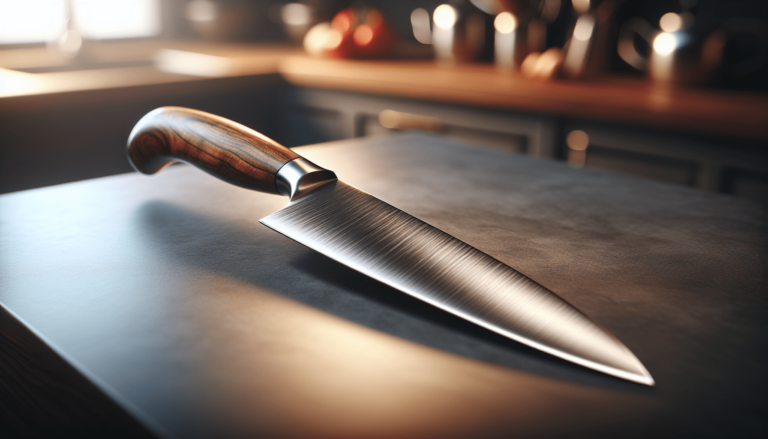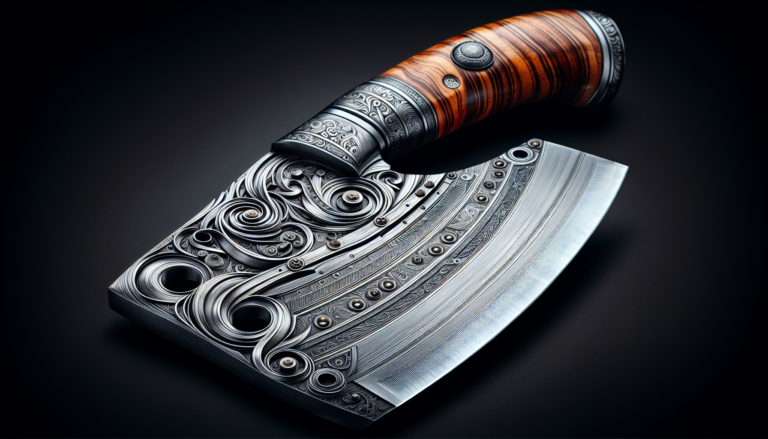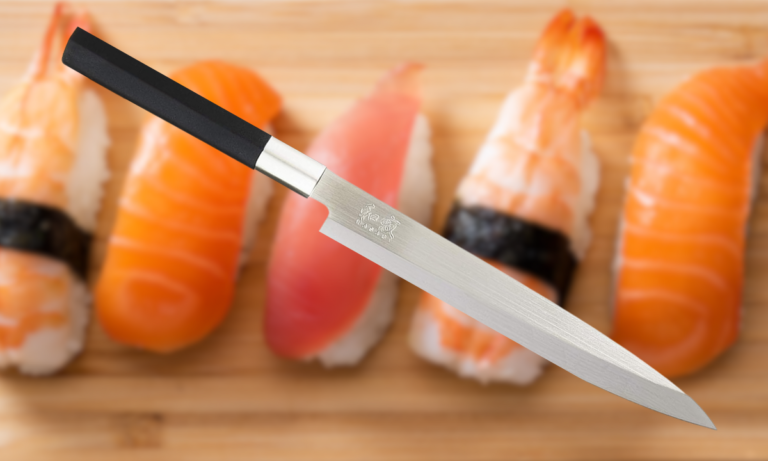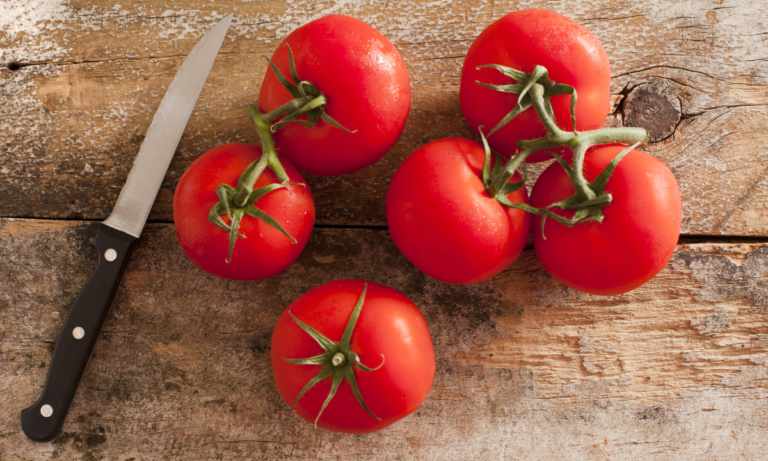How To Choose The Right Kitchen Knife For Bread And Pastries
Choosing the right kitchen knife for bread and pastries is essential for precision, efficiency, and safety in baking. A quality bread knife, designed with a serrated edge, effortlessly slices through crusty loaves without crushing them, while a pastry knife provides the finesse needed for delicate pastries and desserts.
In this guide, we’ll explore key factors to consider when selecting the best knives for these tasks, including blade material, length, handle comfort, and serration style. Whether you’re a home baker or a professional chef, understanding the differences between bread and pastry knives will enhance your kitchen experience, ensuring clean, consistent cuts and beautifully presented baked goods.
Understanding Kitchen Knives
When we talk about kitchen knives, we’re referring to a tool that’s more than just any blade with a handle. Kitchen knives are specifically designed for different tasks, and understanding the basics can help you elevate your kitchen skills.
Types of Kitchen Knives
Before we focus on knives for bread and pastries, it’s helpful to have a broad understanding of the types of kitchen knives available. Here’s a look at some common types:
| Knife Type | Description |
|---|---|
| Chef’s Knife | A versatile tool used for chopping, slicing, and dicing all kinds of food items. |
| Paring Knife | Perfect for peeling and other small, intricate work like de-veining shrimp or hulling strawberries. |
| Serrated Knife | Ideal for foods with a hard exterior and soft interior like bread and tomatoes. |
| Bread Knife | Characterized by its long serrated blade, it’s specially designed for cutting bread. |
| Utility Knife | Smaller than a chef’s knife but larger than a paring knife; used for slicing fruits, vegetables, and sandwiches. |
Uses of Different Knives
Each knife has its forte, and using the wrong one can lead to frustration. For instance, a chef’s knife can chop vegetables efficiently, but it doesn’t handle crusty bread well. Meanwhile, a bread knife, with its serrated edge, can easily slice through a tough crust without crushing your soft loaf.
The Perfect Knife for Bread and Pastries
Cutting bread and pastries isn’t just about cutting; it’s about maintaining their structure and ensuring a perfect slice every time. The right knife makes all the difference.
What Makes a Good Bread Knife?
A good bread knife should have a long, serrated blade and comfortable grip, allowing you to cut through bread without flattening it. The serrations make it easy to grip and saw through food without applying excessive force.
Blade Length
The blade length of a bread knife typically ranges from 8 to 10 inches. A longer blade lets you slice through large loaves in one motion, producing fewer crumbs and cleaner slices.
Serration Style
Serration styles vary. Wavy, scalloped, or pointed serrations are common types. Each style has its benefits: wavy and scalloped are gentle and create fewer crumbs, whereas pointed serrations offer a more aggressive cut, great for tough, crusty bread.
Choosing a Knife for Pastries
Pastries require a delicate touch. While a bread knife can work, sometimes a more versatile serrated knife, or even a specialized pastry knife, does the trick.
Flexibility
A knife with a slightly flexible blade gives you more control when cutting intricate or delicate baked goods like pastries.
Blade Type
Opt for a knife with a shorter serrated blade for pastries, providing better precision and control.
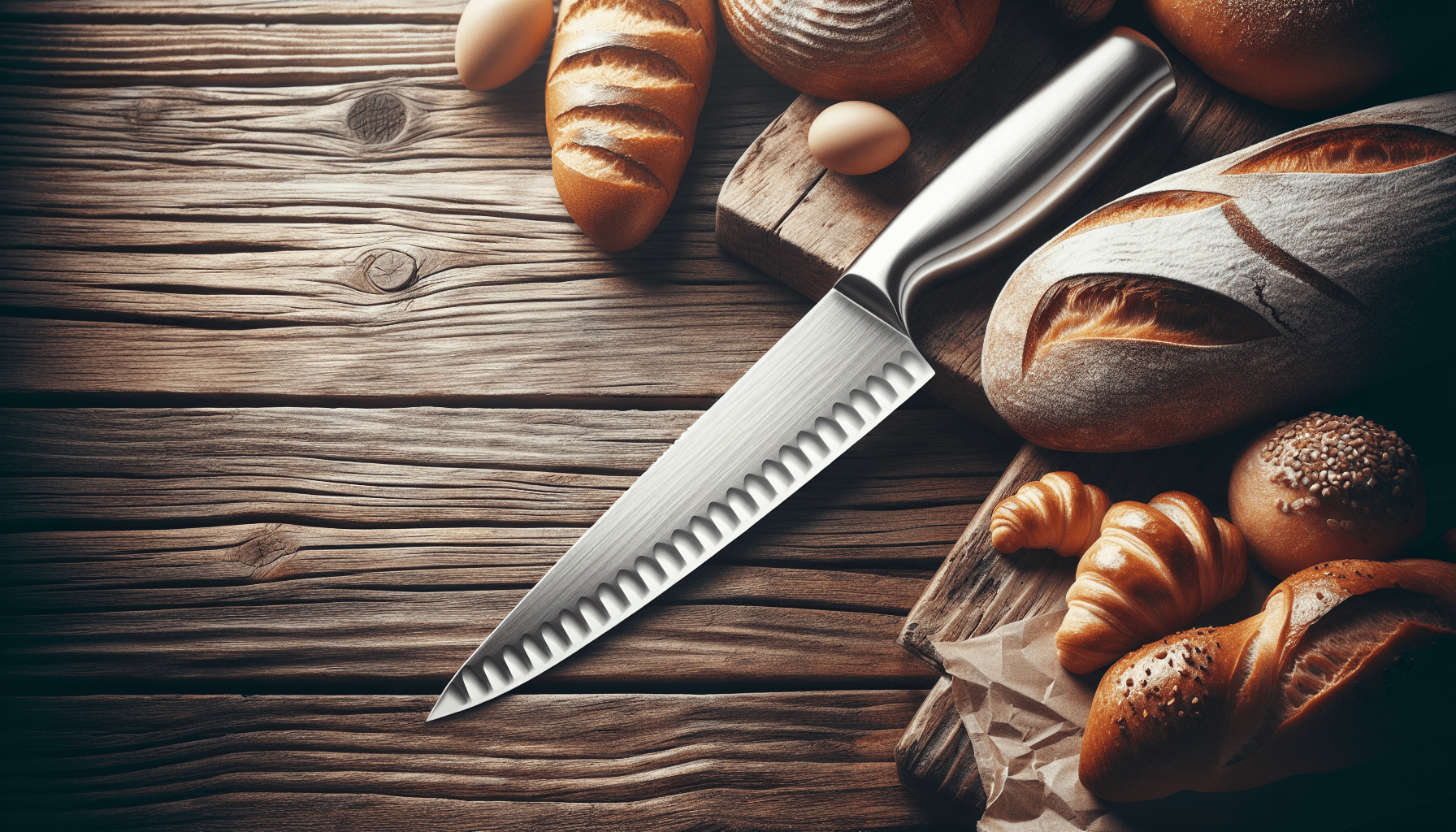
Storage and Maintenance
Once you find the right knife, taking care of it is essential to maintain its performance and longevity.
Proper Storage
Proper storage extends the life of your kitchen knives. Here are some storage options:
| Storage Method | Description |
|---|---|
| Knife Block | Keeps knives organized and protects blades from damage, although it takes up counter space. |
| Magnetic Strip | Convenient and space-saving, but requires care to avoid scratching blades when placing knives. |
| Drawer Insert | Keeps knives separated and protected, useful if counter space is limited. |
Cleaning Your Knives
Knives should be cleaned promptly after each use. Hand washing with warm soapy water and drying immediately is recommended to prevent rusting and preserve sharpness.
Sharpening and Honing
Regular maintenance keeps your knives sharp. Bread and pastry knives don’t require frequent sharpening due to their serrated edges, but honing keeps them performing better longer. Professional sharpening every few years can restore their original efficiency.
How to Choose the Right Knife
Knowing the types and purposes of various knives is one thing, but choosing the right one involves considering factors like construction, handle comfort, and budget.
Material and Construction
The material and construction of a knife affect its performance and durability:
Stainless Steel
Stainless steel is popular for its rust resistance and durability. However, it may require more frequent sharpening.
High Carbon Steel
High carbon steel blades are renowned for their sharpness and longevity but are more susceptible to rust.
Ceramic
Ceramic knives are lightweight, very sharp, and rust-resistant but can be brittle, requiring extra care to prevent chips.
Handle Comfort
A comfortable handle makes a big difference, especially during prolonged use. Materials like wood, fiberglass, or plastic can affect grip and comfort.
Budget Considerations
Quality knives are an investment. While higher initial costs might seem daunting, the longevity and superior performance of a good knife can be more cost-effective over time compared to frequently replacing cheaper blades.
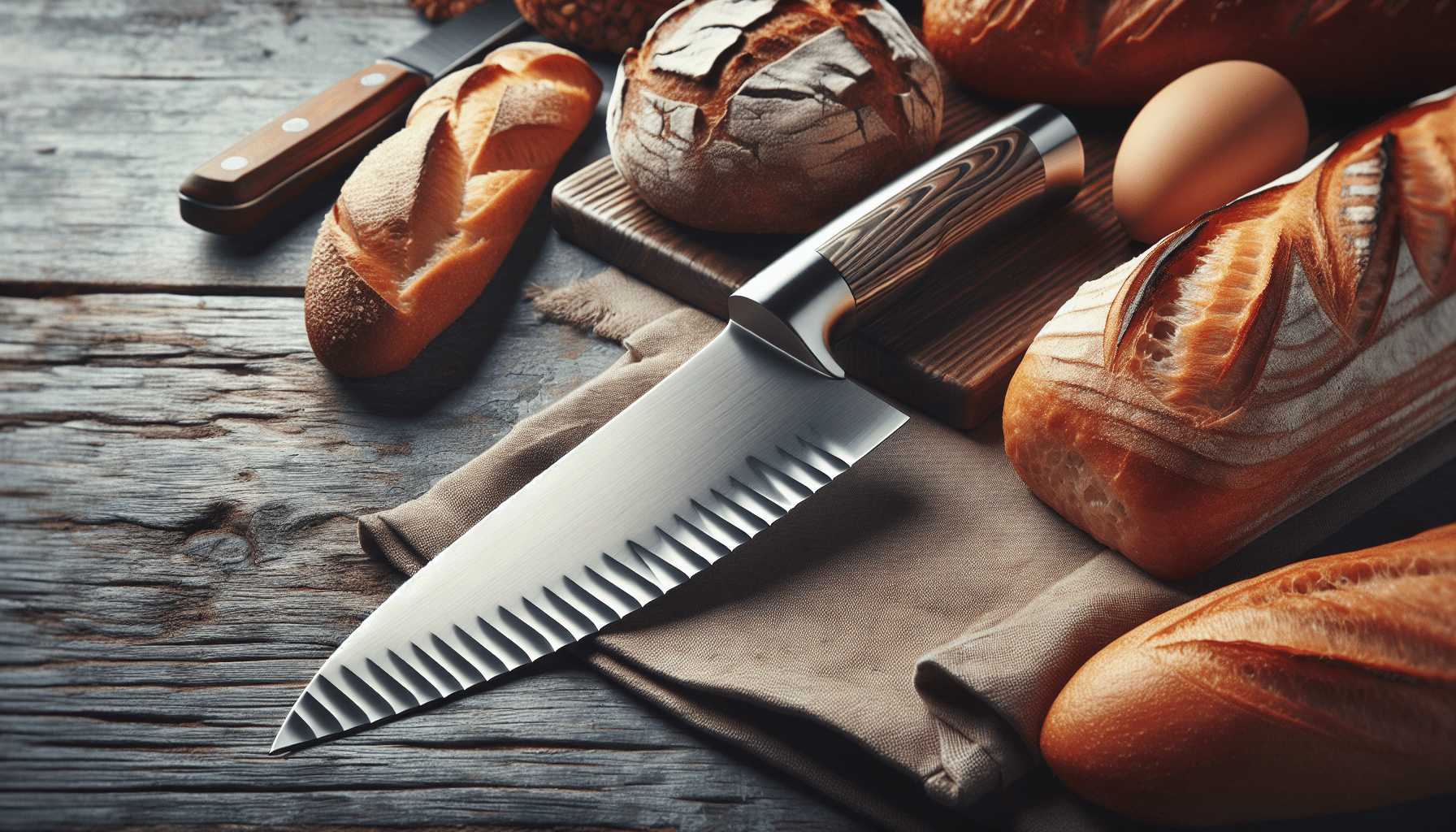
Practical Tips for Bread and Pastry Cutting
Technique Matters
For bread, use a gentle back-and-forth motion with minimal pressure to let the serrated blade do the work. This reduces the chance of compressing your bread.
When cutting pastries, apply consistent pressure and slow, steady movements for clean cuts without crushing the delicate layers.
Cutting Surfaces
Choose a stable, non-slip cutting surface. Wooden or composite cutting boards are easier on your blade and offer better control than glass or stone, which can dull knives quickly.
Avoiding Common Mistakes
Resist the urge to use your bread knife on other items like raw meat or cheese, which can damage the serrations and require more frequent maintenance.
Wrapping It Up
By now, you’re better equipped to choose the perfect knife for bread and pastries, armed with the knowledge of types, features, care, and effective cutting techniques. With a little investment in the right tools and care, you can enjoy perfectly cut bread and pastries every day, enhancing your cooking adventures.
